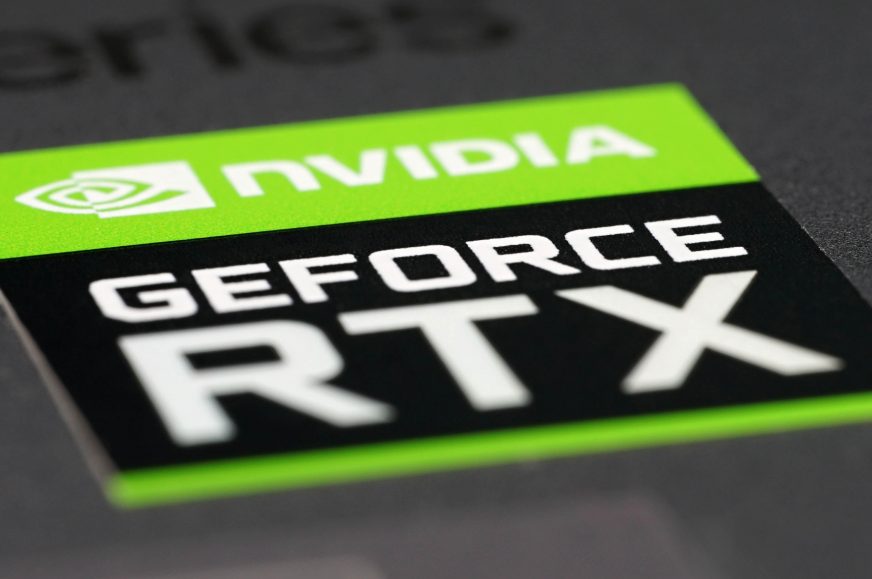More on Nvidia's next-gen GPUs
Nvidia is yet to release the refresh of the current generation of GeForce RTX 4000 GPUs, which will be released in 2024, but after that (according to some sources in 2025) it’s time for the next generation GeForce RTX 5000 with Blackwell architecture. Information is slowly appearing about those GPUs – currently about the most powerful model, which will be based on the GB202 chip. But it looks like it has been “downsized” a bit.
Some time ago we reported that the most powerful GPU of the Blackwell generation will have a 512-bit bus, which would make it quite exceptional among graphics chips of recent years – Nvidia’s high-end models have traditionally stuck to just 384 bits. But the leaker Kopite7kimi, who brought this information, has now said on X that it was a mistaken information. It was caused by a misinterpretation of how much total L2 cache the GB202 GPU has (perhaps 128 MB, but this doesn’t seem to be fully confirmed). If the patterns that Nvidia used for the previous two generations (GA102 and AD102) were valid, it would imply a 512-bit controller to be used for the GB202.
However, now Kopite7kimi writes that according to their findings, the memory controller of the GB202 chip (which will be the most powerful model of the Blackwell gaming series) will still be 384-bit. It will use GDDR7 memory, which is expected to have effective clock speeds of up to 32 Gb/s (32 GHz). This would allow the bandwidth to reach up to 1536 GB/s (1.5 TB/s), which would be a roughly 50% increase over the current RTX 4090. However, it’s possible that perhaps the first GDDR7 implementation on graphics cards will use slightly lower clock speeds. The next chip in the GB203 line is likely to be 256-bit likely also with GDDR7, but it’s not fully confirmed yet.
3nm node from TSMC and DisplayPort 2.1
So this means a “downgrade” from what we (wrongly) expected, but there is also good news. The GPU won’t be 4nm, which earlier reports were leaning towards, and which would mean it wouldn’t be able to reap the benefits of more modern manufacturing technology. But Kopite7kimi now writes that TSMC’s 3nm node is being used for Blackwell gaming chips, or at least for the top GB202 die.

This means improvements in power efficiency for the GPU that can be translated into performance gains (in addition to what the architecture itself will deliver). In the event of competing GPUs from AMD and Intel staying on the 4nm process, Nvidia would gain an advantage.
Kopite7kimi also reports that these GPUs will already support DisplayPort 2.1 display output, a feature missing from the current Ada Lovelace generation. With Blackwell, this will no longer be an issue, which is probably not surprising, because after another two years, DP 2.1-based monitors are going to be widely present on the market and missing the support would be a significantly bigger disadvantage. But it’s nice to have this confirmed.
Tip: Nvidia Blackwell GPU specs: GeForce RTX 5090 can have up to 24,576 shaders, 2–4× more ROPs
The GB202 chip is expected to contain 192 SM blocks, and assuming one block contains 128 shaders, the GPU should have 24,576 shaders in total. These will be divided into 12 GPC blocks. However, in specific graphics card models the chip may not be fully activated. The number of units will likely be lower in a hypothetical GeForce RTX 5090 model, for example, just as today the GeForce RTX 4090 does not use anywhere near all the units of the AD102 chip.
Sources: Kopite7kimi (1, 2, 3, 4), VideoCardz
English translation and edit by Jozef Dudáš
⠀
- Contents
- More on Nvidia's next-gen GPUs








